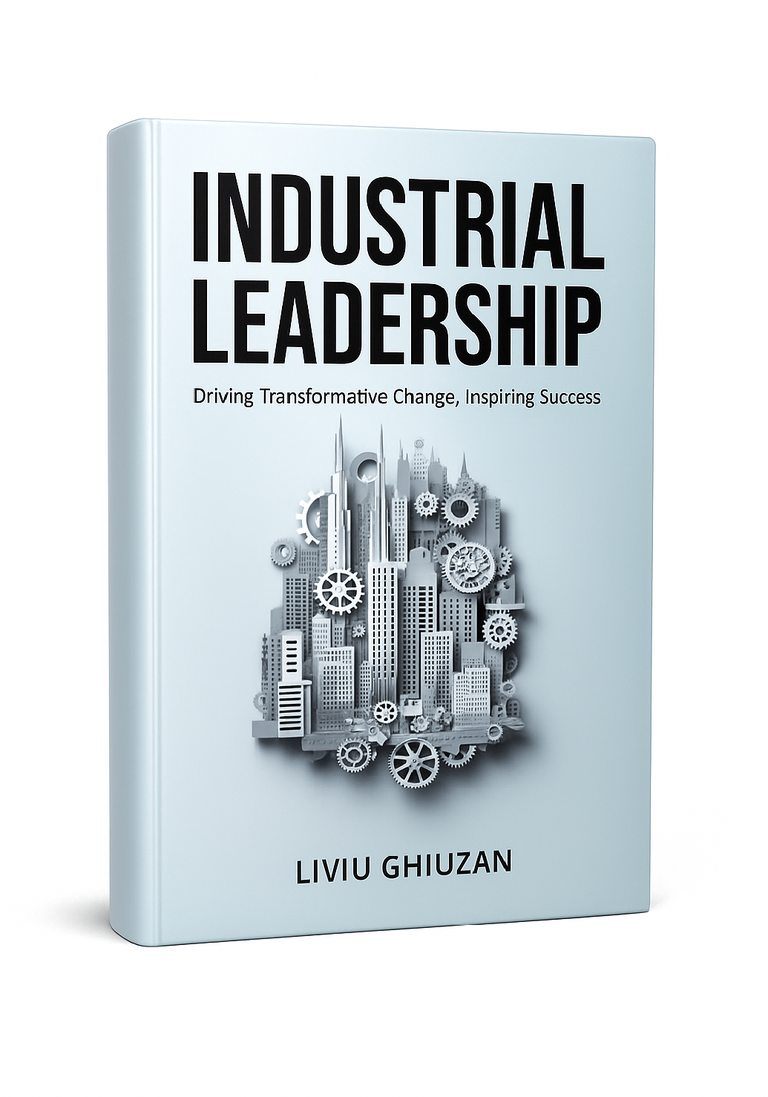Industrial Leadership: Driving Transformative Change, Inspiring Success

A practical field guide for leaders in industrial environments. Success today requires technical expertise combined with people-focused leadership so you can challenge the status quo, align teams, and deliver results across manufacturing and other industries.
What you will learn
- Know your team and build effective teams: assess strengths, align roles, and establish trust so performance grows
- Turn KPIs into a weekly coaching system, not just a scoreboard
- Run effective daily huddles and on-floor leadership walks
- Build a problem-solving culture that reduces firefighting and defects
- Challenge outdated practices using data, trials, and feedback loops
- Sustain improvements through standards, ownership, and recognition
Overview
In today’s rapidly evolving industrial landscape, leadership requires more than vision and strategy. It also needs technical insight, adaptability, and the courage to challenge the status quo. Industrial Leadership is a comprehensive guide for navigating the intersection of technical expertise and leadership acumen. Perfect for seasoned professionals and aspiring leaders, it offers a clear roadmap for industries where innovation, collaboration, and informed decision-making are critical. Through illustrative case scenarios, you will see how leaders overcome resistance, foster team growth, and drive transformative change while connecting strategy to operational reality.
Topics and academic relevance
The book links industrial leadership with operational excellence, continuous improvement, KPI governance, and change management across manufacturing and other process-driven sectors. It is relevant to industrial engineering, operations management, leadership development, and quality or maintenance disciplines. It bridges classroom frameworks with on-the-floor execution.
Global academic reach
Industrial Leadership is available through academic library networks at top universities such as MIT and McGill University, among others. This highlights that knowledge in leadership and innovation is as essential to transformation as technical expertise.
Frequently asked questions
Why is technical knowledge essential for leaders in industry?
Leaders must connect strategy to execution. Technical fluency builds credibility, accelerates decisions, and helps translate goals into safe, reliable, and efficient operations.
Is this book only for manufacturing?
No. While examples often reference factories and operations, the frameworks also apply to logistics, utilities, energy, and other industrial environments.
How actionable is the guidance if my context is different?
The principles focus on core leadership behaviors and operational disciplines such as goal alignment, KPI routines, and structured problem-solving that can be adapted to different teams, scales, and industries.
Will it help with resistance to change?
Yes. You will learn small-step experiments, stakeholder mapping, and clear communication patterns that reduce fear and build commitment.
Does it cover KPIs and performance management?
It shows how to pick leading and lagging indicators, visualize them, and coach behaviors, not just track numbers, so performance improves and sustains.
What makes it different from generic leadership books?
It ties leadership behaviors to real industrial realities like shift handovers, downtime, and quality escapes so improvements are repeatable and durable.